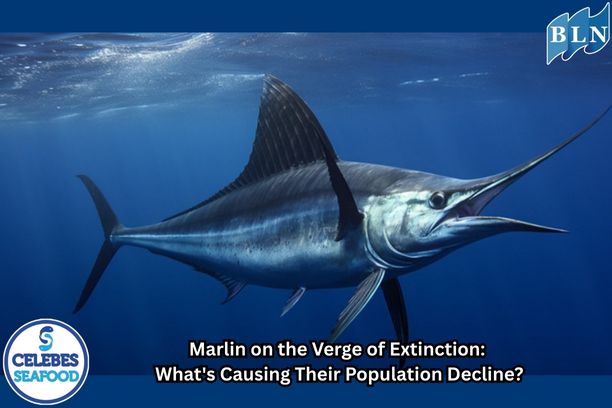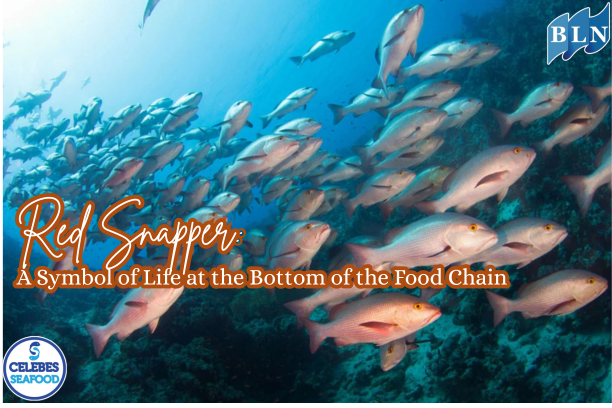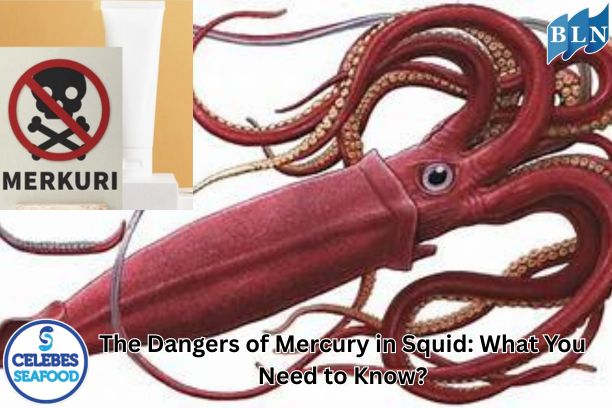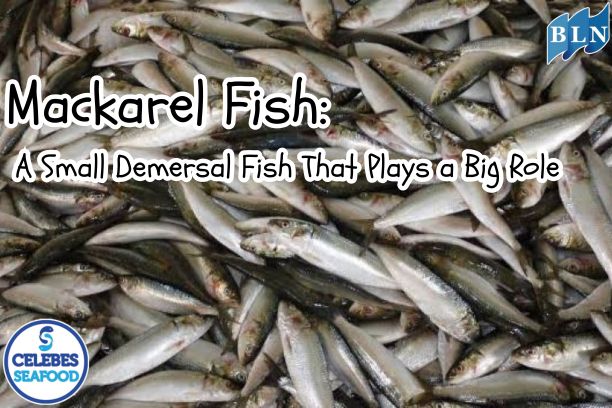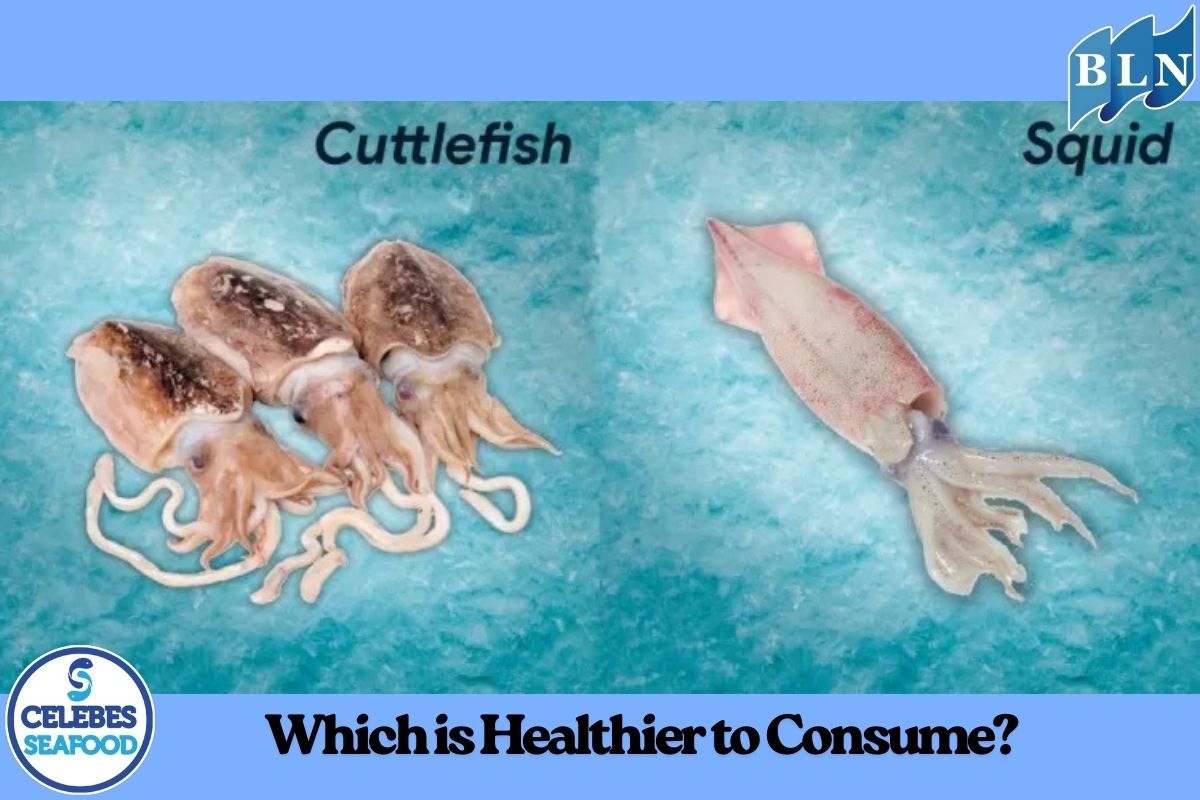Habitat and Living Environment of Common Carp (Cyprinus carpio)
By. Azizah - 21 Jun 2025.jpg)
lautnusantara.comThe common carp (Cyprinus carpio) is a widely cultivated freshwater fish species with high economic value. Its habitat and environmental conditions significantly influence growth, health, and productivity. This article discusses the natural and artificial habitats of common carp, including key water quality parameters such as temperature, pH, dissolved oxygen, as well as substrate structure and supporting vegetation. Understanding the ideal habitat for common carp is essential for both conservation and aquaculture optimization.
1. Introduction
Common carp (Cyprinus carpio) is a freshwater fish species originating from Asia that has spread to many countries, including Indonesia. It is known for its rapid growth, environmental tolerance, and high nutritional value. To support optimal growth, the species requires a suitable habitat with appropriate environmental conditions. Therefore, understanding the habitat and living environment of common carp is crucial, both for intensive aquaculture and natural ecosystem conservation.
2. Natural Habitat of Common Carp
Common carp typically inhabit calm freshwater bodies such as:
-
Lakes
-
Slow-flowing rivers
-
Swamps and natural ponds
Key characteristics of their natural habitat include:
-
Shallow to moderate depth waters (0.5–3 meters)
-
Muddy or sandy bottoms, allowing easy access to natural food sources like detritus, plankton, and benthic organisms
-
Aquatic vegetation that provides shelter and additional food sources
3. Ideal Environmental Parameters
Several water quality parameters are essential for supporting the life of common carp:
|
Parameter |
Ideal Range |
|---|---|
|
Temperature |
20–28°C |
|
pH |
6.5–8.0 |
|
Dissolved Oxygen |
> 5 mg/L |
|
Ammonia (NH₃) |
< 0.02 mg/L |
|
Turbidity |
Moderate (not too cloudy) |
Although common carp can tolerate varying conditions, prolonged environmental stress can negatively affect growth and immunity.
4. Aquaculture Habitat
In aquaculture systems, common carp are cultivated in various types of enclosures such as:
-
Earthen ponds (most natural)
-
Tarpaulin or concrete ponds
-
Floating net cages in lakes or reservoirs
In artificial environments, water quality must be managed carefully to meet the biological needs of the fish, including proper feeding, aeration, and water circulation.
5. Role of Environment in Growth and Reproduction
Environmental factors influence:
-
Metabolic rate and growth performance
-
Availability of natural food
-
Fish health and immune response
-
Reproductive cycles (e.g., temperature affects gonad maturation)
When the environment is not ideal, fish may experience stress, slow growth, and higher disease risk.
If you are interested in our Parrotfish Fillet Skin On, PARROTFISH WHOLE GILLED GUTTED please do not hesitate to contact us through email and/or whatsapp.


